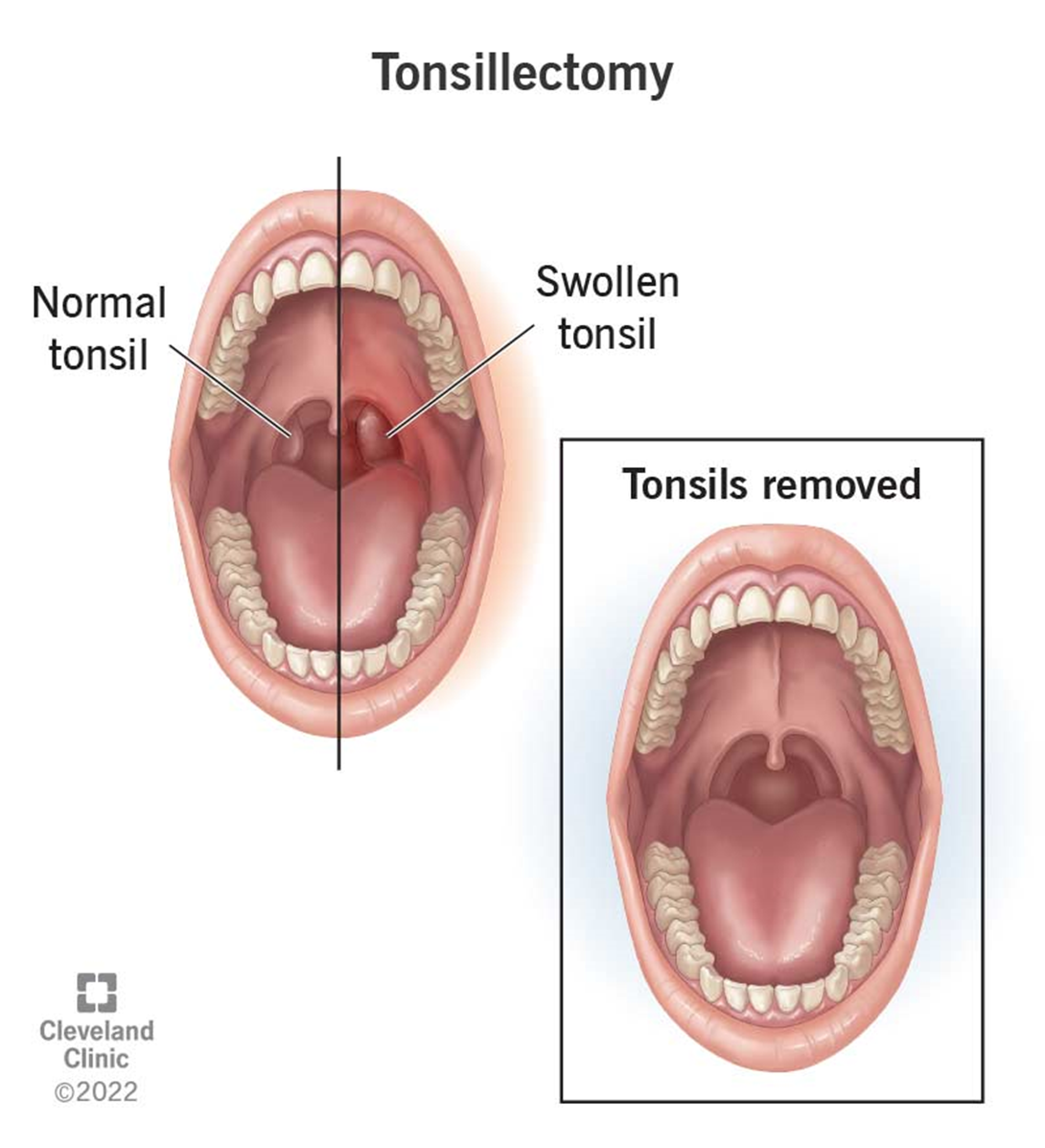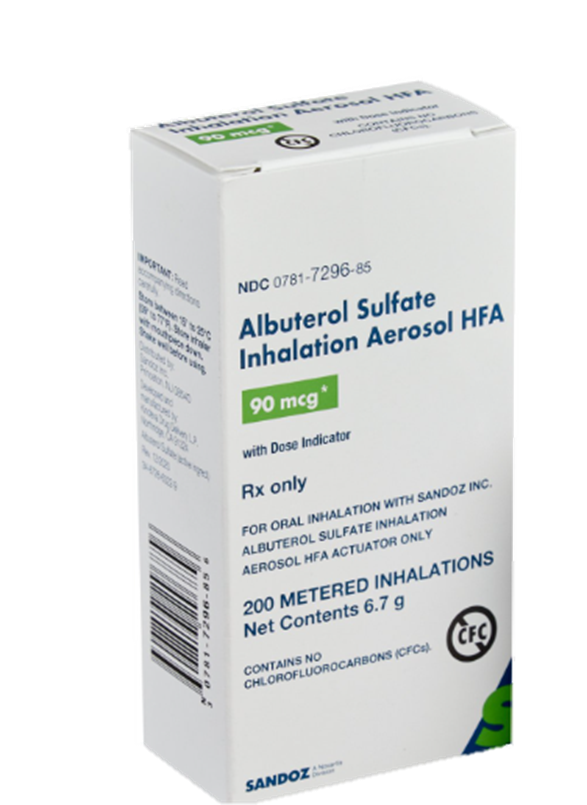A nurse is assessing a child who is postoperative following a tonsillectomy. Which of the following findings is a manifestation of hemorrhage?
Drooling
Poor fluid intake
Increased pain
Frequent swallowing
The Correct Answer is D
Choice A reason: Drooling is not a sign of hemorrhage, but rather a sign of difficulty swallowing or breathing. Drooling may occur after a tonsillectomy due to throat pain or swelling, but it does not indicate bleeding.
Choice B reason: Poor fluid intake is not a sign of hemorrhage, but rather a sign of dehydration or nausea. Poor fluid intake may occur after a tonsillectomy due to throat pain or fear of swallowing, but it does not indicate bleeding.
Choice C reason: Increased pain is not a sign of hemorrhage, but rather a sign of inflammation or infection. Increased pain may occur after a tonsillectomy due to tissue damage or healing, but it does not indicate bleeding.
Choice D reason: Frequent swallowing is a sign of hemorrhage, as it indicates that the child is trying to clear blood from the throat. Frequent swallowing may occur after a tonsillectomy due to bleeding from the surgical site or a ruptured blood vessel.

Nursing Test Bank
Naxlex Comprehensive Predictor Exams
Related Questions
Correct Answer is A
Explanation
Choice A reason: A 13% weight loss is a sign of severe dehydration in infants. Dehydration occurs when the body loses more fluid than it takes in. Acute gastroenteritis can cause vomiting and diarrhea, which can lead to fluid loss and dehydration.
Choice B reason: A bulging anterior fontanel is not a sign of dehydration, but rather a sign of increased intracranial pressure. The anterior fontanel is the soft spot on the top of the infant's head. It should be flat or slightly concave, not bulging or sunken.
Choice C reason: Bradypnea is not a sign of dehydration, but rather a sign of respiratory depression. Bradypnea is abnormally slow breathing, usually less than 12 breaths per minute in infants. Dehydration can cause tachypnea, which is abnormally fast breathing, usually more than 60 breaths per minute in infants.
Choice D reason: A capillary refill of 3 seconds is not a sign of dehydration, but rather a sign of normal perfusion. Capillary refill is the time it takes for the color to return to the nail bed after pressing on it. A normal capillary refill is less than 2 seconds. Dehydration can cause delayed capillary refill, which is more than 2 seconds.
Correct Answer is D
Explanation
Choice A reason: This statement is incorrect, as montelukast is a leukotriene receptor antagonist that is used for long-term control and prevention of asthma symptoms. It is not effective for acute asthma attacks, as it does not provide immediate bronchodilation.
Choice B reason: This statement is incorrect, as budesonide is an inhaled corticosteroid that is used for long-term control and prevention of inflammation in asthma. It is not effective for acute asthma attacks, as it does not provide immediate relief of bronchospasm.
Choice C reason: This statement is incorrect, as prednisone is an oral corticosteroid that is used for short-term treatment of severe asthma exacerbations. It is not effective for acute asthma attacks, as it takes several hours to exert its anti-inflammatory effect.
Choice D reason: This statement is correct, as albuterol is a short-acting beta2 agonist that is used for quick relief of acute asthma symptoms. It provides rapid bronchodilation by relaxing the smooth muscles of the airways.

Whether you are a student looking to ace your exams or a practicing nurse seeking to enhance your expertise , our nursing education contents will empower you with the confidence and competence to make a difference in the lives of patients and become a respected leader in the healthcare field.
Visit Naxlex, invest in your future and unlock endless possibilities with our unparalleled nursing education contents today
Report Wrong Answer on the Current Question
Do you disagree with the answer? If yes, what is your expected answer? Explain.
Kindly be descriptive with the issue you are facing.
